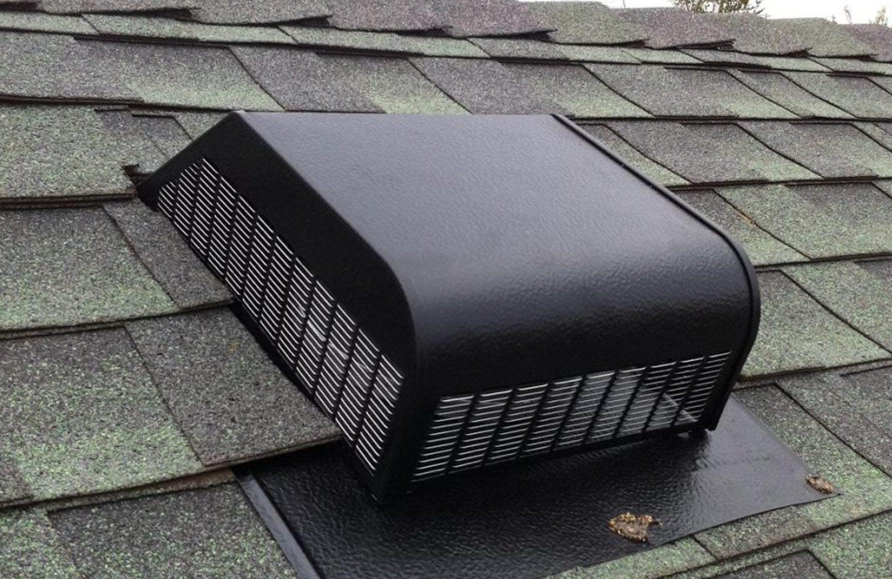Top 5 Types of Roof Air Vents Explained
Proper ventilation is crucial for maintaining a healthy and comfortable indoor environment. One key element in achieving effective ventilation is the installation of roof air vents. These vents help regulate temperature, reduce moisture buildup, and enhance energy efficiency.
In this blog, we will explore the top five types of roof air vents, providing insights into their functionalities and benefits.
1. Ridge Vents
Ridge vents are installed along the peak of a sloped roof. They allow hot air to escape from the attic, promoting proper airflow throughout the space. This type of ventilation is unobtrusive and blends seamlessly with the roofline. Ridge vents are effective for passive ventilation and work best when paired with soffit vents, which bring in cooler air from below.
2. Soffit Vents
Soffit vents are located in the eaves of the roof, just below the overhang. These vents serve as intake points for fresh air, allowing cool air to enter the attic space. When combined with ridge vents, soffit vents create a continuous airflow system that helps maintain optimal temperature and humidity levels. This type of roof vent is essential for preventing moisture buildup and the growth of mould.
3. Gable Vents
Gable vents are installed in the gable ends of a building, allowing hot air to escape from the attic. These vents can be either static or operable, depending on the design. Gable vents are particularly effective in homes with steep roofs, as they facilitate natural ventilation without obstructing the roof’s aesthetics. They work well in combination with other vent types to enhance airflow.
4. Turbine Vents
Turbine vents, also known as whirlybirds, utilise wind power to enhance attic ventilation. As wind blows, the turbine spins, creating a vacuum that pulls hot air out of the attic. This type of vent is particularly effective in regions with high wind conditions. Turbine vents require minimal maintenance and can significantly improve airflow, helping to reduce energy costs.
5. Powered Roof Vents
Powered roof vents are electrically operated and can be installed on both flat and sloped roofs. These vents are equipped with fans that actively expel hot air from the attic, making them ideal for areas with high heat accumulation. While they require an electrical source, powered vents provide efficient and consistent ventilation, ensuring that your attic remains cool and dry.
Conclusion
Understanding the various types of roof air vents is essential for homeowners looking to improve ventilation in their homes. Each type of vent offers unique benefits and can be strategically combined for optimal performance. By investing in the right roof vents, you can ensure a healthier, more energy-efficient living environment.

